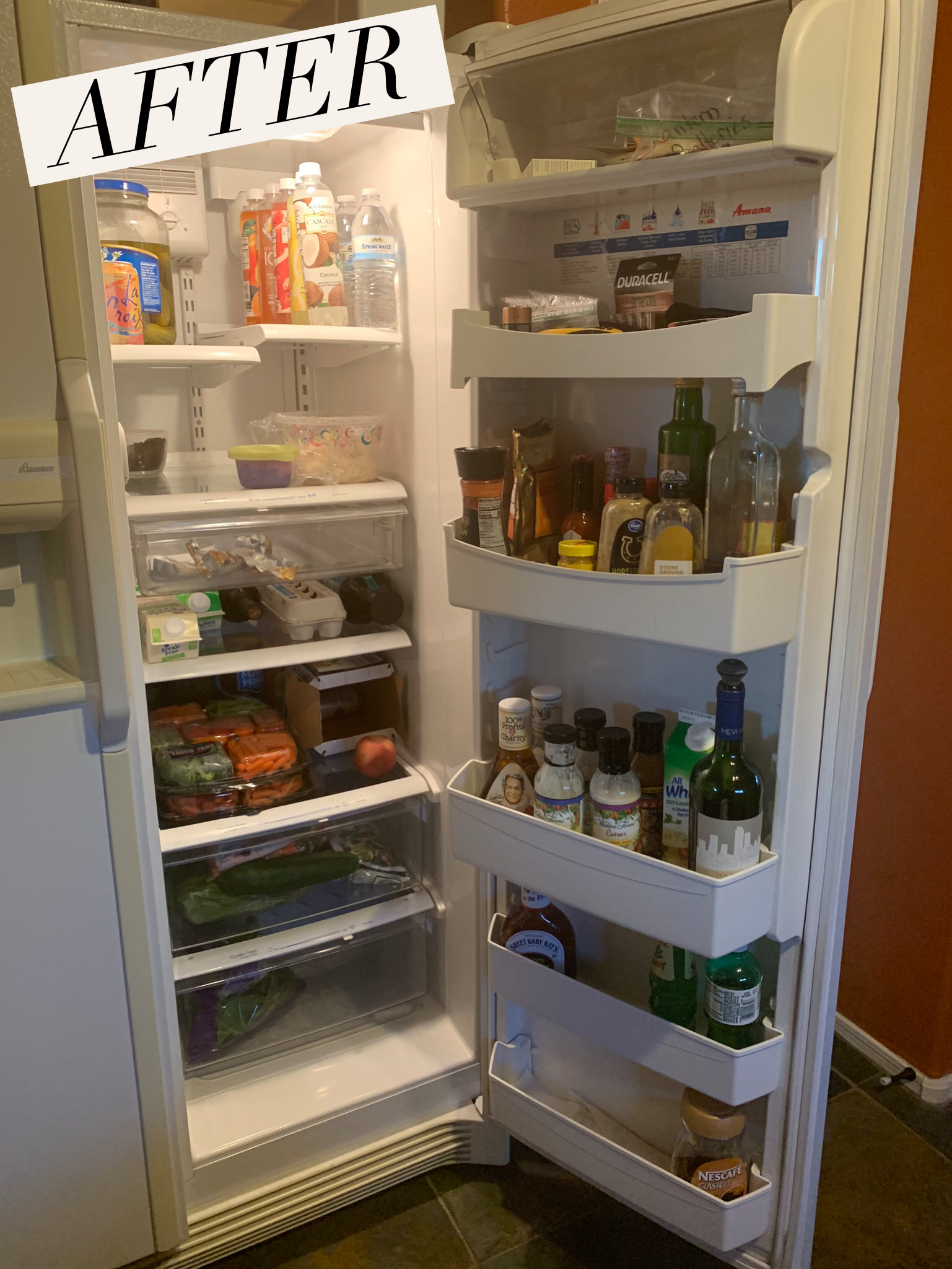No matter what your health and wellness goals: to lose weight, improve your health markers (cholesterol, blood sugar, etc.), improve your brain health, or simply to feel more energetic, good nutrition is the best way to achieve your goal.
While having a solid nutritional plan is the best way to achieve your goal, just being in tune with and aware of your nutrition can make a big difference. That’s why I find mindful eating a great way to get in touch with what and why you are eating.
With mindful eating, you take the time to focus on not just what you are eating, but why you are eating, and how the experience makes you feel. Mindful eating gets you in touch with your personal hunger cues, improves your ability to taste your food, and makes the eating experience more pleasurable.
So, how do you practice mindful eating?
The first step you should take when eating mindfully is to get quiet. This may mean eating alone at first to avoid distractions or getting away from your desk or office. I had a friend that regularly ate lunch in her car so she could have time to herself to eat. Think of meal time as a type of meditation, connect with the experience, eat slowly, and enjoy it.
Once you have gotten quiet and focused, ask yourself:
“Am I hungry?”
If your stomach is growling, you feel weak or shaky, you are irritable, or have a headache then you are probably hungry. If not, then perhaps it is better to wait until you are truly hungry. Now, this does not mean skipping meals or starving yourself. However, as you get in touch with what physiological hunger feels like, you will be better able to take in nutrition when you body needs it rather than mindlessly shoveling food into your mouth.
2. “Do I want to eat?”
Sometimes our habits and emotions get the best of us and we eat because we think we are supposed to, “Hey, it’s 4pm it must be snack time”, “I haven’t eaten for 3 hours I’m not hungry but I better eat something anyhow”, or “Damn, that meeting was really stressful, I need a candy bar.” In these cases asking ourselves if we really want to eat or are simply responding to habit and emotions can keep us from making poor nutritional choices.
3. “Does this food choice support my goals?”
If your goal is to lose weight, eating a big bowl of popcorn and a box of chocolate covered raisins at the movies is not the best way to achieve your goal. Likewise, having a burger and fries won’t help your reduce your cholesterol. Asking yourself if the food choice supports your goal reminds you of what you are working so hard to achieve and can stop you from making a poor choice. If, after you ask the question, your response is to still eat the food then you must be willing to accept responsibility for the choice. Looking great in those jeans or ice cream, which is more important?
Once you have started eating, focus on the experience.
Eat slowly and consider these questions as you go along:
- What does the food taste like? Sweet? Sour? Spicy?
- What is its texture? Smooth, grainy, mushy…
- How does eating make you feel? Happy? Comforted? Guilty?
- Are you enjoying it? Eat slowly and consider these questions as you go along.
Every few bites, stop and ask yourself, “Am I satisfied?” If you are, then stop eating. If your answer is, “no”, then take a few more bites and ask again. Remember, it takes 20 minutes for your body to register fullness so take your time.
Eating mindfully takes work, and it is likely you will not be able to do it with every meal especially in the beginning. Start slowly and shoot for practicing for 2 meals every day.
If the process seems overwhelming, that’s ok. Start slowly with 1 thing at a time. Perhaps you can find a quiet distraction free place to eat and just do that for a few days. Next you can ask yourself 1 or 2 of the questions. Once it is your habit to check in before eating, then you can move on to another question or step. Progress at your pace. The key objective here is simply to create awareness of your eating in relation to your goals. Do not obsess over it, make it fun, enjoy eating!
If you need help building your nutritional plan or if you would like help learning to eat mindfully, I am here to help. Email me at achievewellness@ymail.com for a complimentary 15 minute consultation.


















